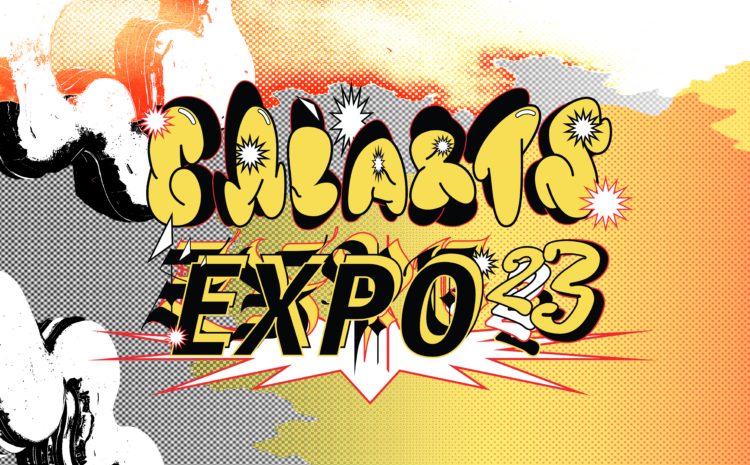
Samantha Simmons
School of Music – MFA2 – Experimental sound practices
An audio recording is a representation of a sonic event. Audio recordings reproduce listening experiences from the past. With the creation of sound recording and reproduction technology, listeners have the ability to hear music performed at another place and time. Through the form of an audio recording, humans gained the capacity to access a memory that was not their own, but another human’s experience. In Recycled Listening Room, I asked people to send me their aural memories from the environment that they grew up in. This piece examines how we record with listening. The recycling process starts with the sound contributors, which I will call “memory givers”, when they are asked to find a human memory from their childhood and reproduce it as a recorded memory. Human memories change with our inter-personal associations to the memory, and change with our being. Sound histories and listening environments shape the way we listen and record. We hear different signals, symbols, and codes according to our listening history. A memory can be a sound that we gather growing up, which is a part of our environment. I am interested in the process of choice, and how the memory givers recorded in their listening process.
The sound artist Sukanta Majumdar of The Traveling Archive mentions that, in the process of archaeological digging there is soil and the anticipation of what is underneath the soil, but you do not know what is going to happen. Then, you scratch and scratch until it comes. Sound is like this, an artifact that if you go through it sound can tell you many details of life. When you
listen to a recording, it is a form of excavation. Through memory itself, we are also finding what others are listening to. When we are listening, we are also recording. As humans, we grow up with listening. In sound recordings there are always possibilities of other time.
Mnemonic devices served a purpose to make human subjective memories more explicit. The composer Pauline Oliveros states that when we are listening there is a continual interplay with the perception of the moment compared with our remembered experience. She
recognized that in order to experience the present moment we must confront memory, and we do with the aid of a machine.
The archive of the memory givers is represented in the mechanical recording that is presented in the installation. I am asking the memory givers to confront their aural past, by trying to recall their sonic environment: to produce a mechanical recording that represents past human memories. The memory collages start at varying lengths, and play on loops. Overtime, they will play on top of each other at different moments because of the different start times. This will eventually allow the memories to form new collages and relationships, similar to how our interpersonal associations with our human memories change overtime to create different interrelations.
The metal sheets are resonators for the transducers that are playing the memory. The metal acts as a natural spring reverb and resonator to amplify the memories. Reverb is the persistence of sound after it is produced. Reverb is created when a sound of signal is reflected. This causes numerous reflections to build up and then decay as the sound is absorbed by the surfaces of objects in the space. The choice of metal signifies the longevity of the mechanical memory after it is recorded, and the decay of memory through space and time. Reverb also effects intelligibility of sounds, the reverb of the metal represents the lucidity of the memory overtime.